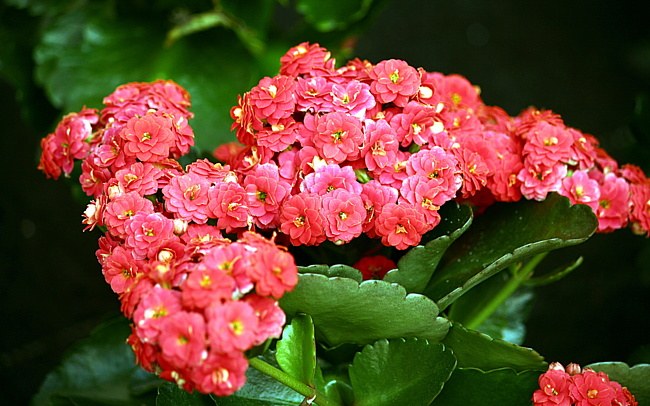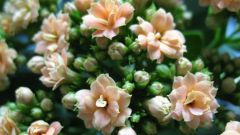Particular care for Kalanchoe, Kalandiva
For planting flower, choose a pot slightly larger diameter and volume, the bottom of which there should be holes for water drainage. Pour a layer of drainage, although Kalanchoe and pretty well tolerate excess moisture better than if in a pot it will not stagnate.
Kalanchoe usually appears on sale in late winter - early spring already flourishing. Replant it immediately-it is better to wait until the flower Bud, and then to carry out this procedure.
Use soil for succulents and cacti, or make it from 1 part loam and 1 part coarse sand. When transplanting Kalanchoe shake off the soil and rinse the roots so they are not left peat substrate in which the plants are planted in greenhouses.
In the ground you can also add small pebbles.
Kalanchoe requires fairly frequent, but not abundant watering after drying earthen coma. Because the plant belongs to the succulents, the leaves can accumulate moisture, so Kalanchoe can withstand drought, but try to keep around the roots are not formed of solid earth com. In winter, the plant begins a dormant period, this time you need to reduce watering to 1 time per 1-2 weeks.
The plant grows well at room temperature may develop at lower, and higher. In the summer it can be taken on the balcony and in winter in a cool place with a temperature of 10-15°.
How to create a flower and make it bloom
Many complain that after flowering, the shoots of Kalanchoe stretch and repeat flowering did not occur. Indeed, in the period of active growth of the plant the side shoots appear. They can and should be cut, giving the plant the desired compact form. The resulting cuttings are very easily rooted, and the new young plants you can give to everyone familiar.
During the flowering remove any dead flowers. And after it completely cut stems. After the first flowering of Kalanchoe, Kalandiva required a rest period (usually fall months).
In November presidnete all shoots, they will begin to lay the flower buds, with their appearance required a short day. This condition can be created and artificial, but the plant also requires bright sunlight for 8 hours.

